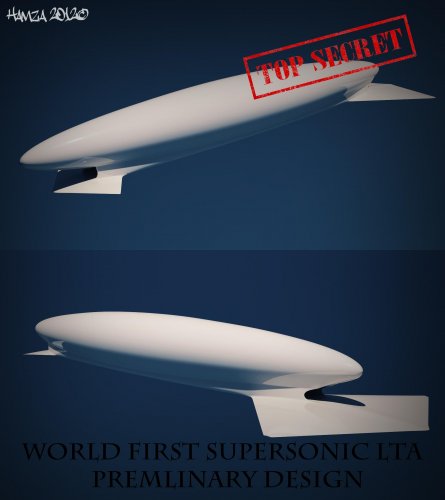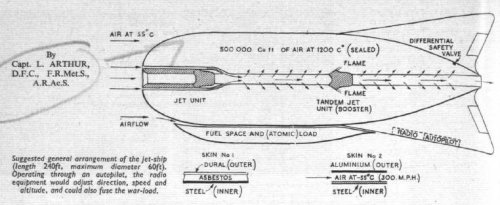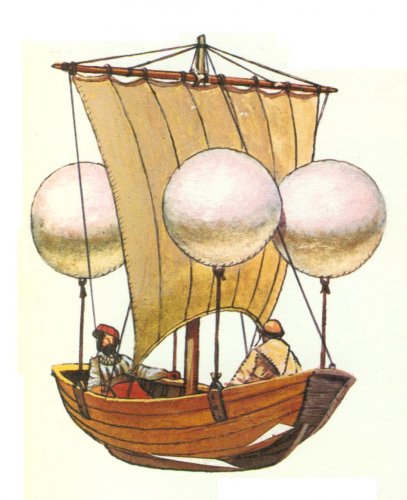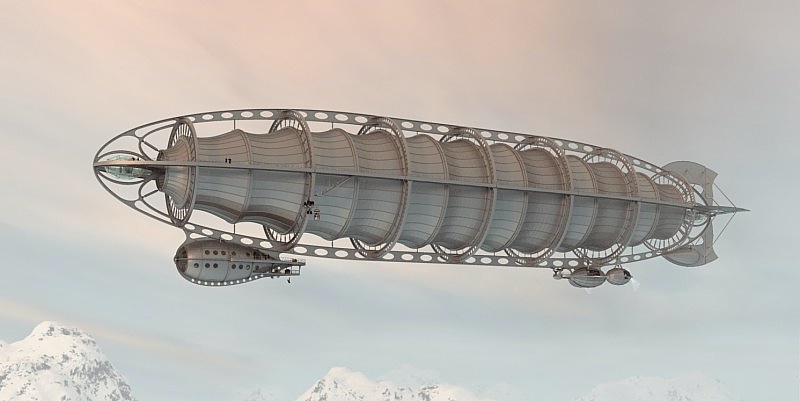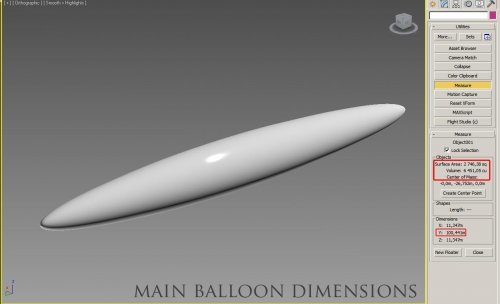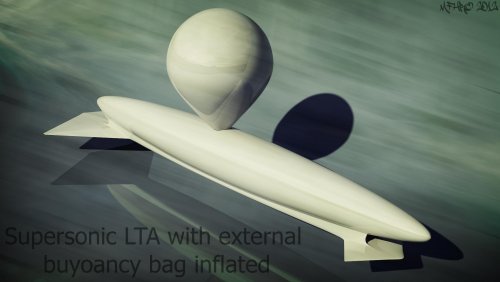lippischh
ACCESS: Secret
Hi,
The idea of a supersonic lighter than air aircraft or aerostat came to me years ago, since it was something never done or even thought before, at least that's according to what i know.
the first design was quite similar to lifting bodies and was manned, after a while i reshaped it to what you can see in the attachment a long and slim unmanned aircraft similar to Sears-Haack body, it is powered by a precooled jet engine. the lift is provided by buoyancy but also two trapezoidal wings that was found effective for high speeds.
more details on the technical features of this aircraft will be here soon, and also a certain story around it.
Please share your opinions and critics it will help the project.
The idea of a supersonic lighter than air aircraft or aerostat came to me years ago, since it was something never done or even thought before, at least that's according to what i know.
the first design was quite similar to lifting bodies and was manned, after a while i reshaped it to what you can see in the attachment a long and slim unmanned aircraft similar to Sears-Haack body, it is powered by a precooled jet engine. the lift is provided by buoyancy but also two trapezoidal wings that was found effective for high speeds.
more details on the technical features of this aircraft will be here soon, and also a certain story around it.
Please share your opinions and critics it will help the project.

